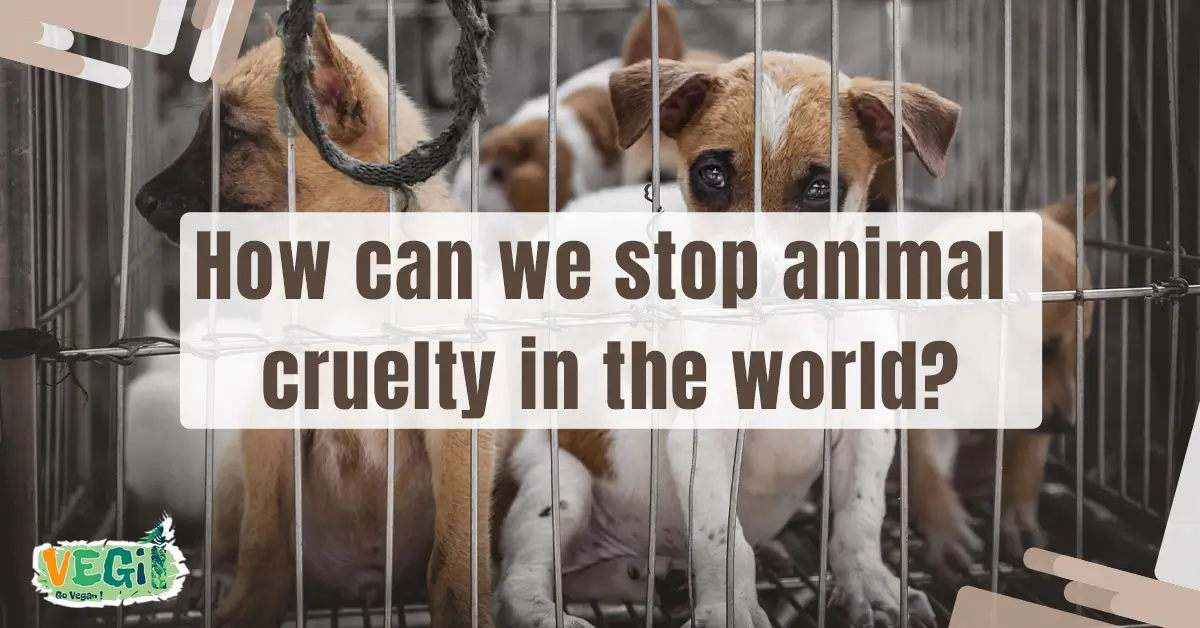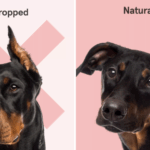Animal cruelty is a persistent malady that continues to plague societies worldwide. Despite certain strides made in advocacy, legislation, and public awareness, the question remains: what are we truly doing to combat this egregious violation of rights? The interconnectedness of our actions, laws, and societal values illuminates an intricate tapestry, revealing both the progress made and the persistent pitfalls that hinder the quest for a more compassionate world.
The global landscape of animal protection is vast and varied, with a plethora of organizations dedicated to this cause. From grassroots initiatives to large non-governmental organizations (NGOs), many are relentless in their pursuit of systemic changes. An example of comprehensive efforts includes the enactment of animal welfare laws and regulations. Countries like the Netherlands and Germany have established robust legal frameworks that prioritize animal rights. These nations exemplify a progressive approach, where the legal system recognizes animals as sentient beings deserving of protection. Such legislation not only reflects an ethical evolution but also serves as a model for emerging nations grappling with similar dilemmas.
However, legislation alone is not the panacea. The implementation and enforcement of these laws often face substantial challenges. In certain regions, existing laws are underutilized or lack the necessary punitive measures to deter offenders effectively. This gap between legislation and real-world application highlights a significant pitfall. For instance, despite the existence of animal cruelty laws in countries like the United States, many states offer lenient penalties for violations. The inconsistency across state lines creates a confusing landscape that can undermine the effectiveness of these laws.
A common observation within the animal rights movement is the juxtaposition of widespread public support for animal welfare and the continued prevalence of cruelty. Many individuals voice their opposition to animal abuse, yet their purchasing choices often contradict their values. The phenomenon of cognitive dissonance plays a significant role here; people may express outrage at video footage of animal abuse, but still, patronize industries that perpetuate suffering, such as factory farming and cosmetics testing. This disconnect poses a deeper introspection: what drives our fascination with animals, and why do we often fail to act in their interest?
Educational campaigns have emerged as a powerful tool in bridging this gap. Organizations are increasingly focusing on awareness-raising efforts targeted at young people. Educational curricula that emphasize empathy towards animals and ethical treatment can cultivate compassion that transcends generations. By instilling a sense of responsibility in children, we lay the groundwork for a future where animal cruelty becomes wholly unacceptable. However, while educational initiatives are burgeoning, their reach remains limited in certain areas, particularly in developing nations where basic survival often takes precedence over animal welfare.
Social media has revolutionized the landscape of animal advocacy. Platforms such as Instagram, Twitter, and TikTok empower activists to disseminate information rapidly, mobilize support, and rally individuals to action. Viral campaigns can spotlight egregious cases of animal abuse and compel entire communities to demand justice. Yet, the transient nature of social media can lead to superficial engagement rather than sustained advocacy. Awareness without follow-through can render campaigns ineffective, ultimately stunting the movement’s growth.
Another pivotal aspect of combating animal cruelty lies in the role of industries. The entertainment sector, for example, has made moves towards more humane practices, yet the ethical perils within niche markets like circuses and exotic pet trades remain. Circuses that exploit wild animals for entertainment have faced mounting public backlash, leading some to eliminate animal acts entirely. Simultaneously, the exotic pet trade continues to thrive, fueled by misguided notions of status and allure. This presents a poignant conundrum: how do we translate our anti-cruelty sentiments into tangible changes within such entrenched industries?
Furthermore, the global pandemic has unintentionally highlighted the complexities of animal welfare. As people grappled with their health and economies, many animal shelters reported increased abandonment and neglect of pets. The surge of interest in pet adoption during lockdowns, paired with the subsequent relinquishment of these animals, underscores a troubling pattern of impulse rather than responsibility. We must contemplate systemic issues such as poverty, education, and access to resources to understand why cruelty emerges, particularly in times of crisis.
The proliferation of plant-based diets has been one of the most laudable movements within the animal rights sphere. As more individuals adopt vegetarian or vegan lifestyles, the demand for ethically produced animal products is on the rise. This shift not only reduces individual consumption of animal products but also pushes industries to reevaluate their practices in response to consumer preferences. While this is a positive trend, there remains a vibrant discourse regarding the adequacy of plant-based lifestyles in effecting deeper, systemic changes that address animal welfare across various societal strata.
As we traverse the intricate landscape of animal protection, we must also confront the insidious presence of apathy. For many, the complexities surrounding animal welfare are overwhelming, leading to inaction. The challenge lies in igniting a deeper passion that transcends a moment of outrage, evolving it into a lifelong commitment to advocacy. Ultimately, the combined efforts of individuals, organizations, and policymakers are essential. It is vital to recognize that the fight against animal cruelty is fraught with obstacles, yet it is within our collective power to forge a path toward a more humane future.
In conclusion, while we have witnessed commendable progress in certain areas of animal welfare, formidable challenges remain. By fostering a culture of empathy, bolstering education, and advocating for comprehensive legislation, we create a resilient movement. With a clearer understanding of the complexities involved, we can strive for genuine progress in addressing cruelty and championing the rights of all beings on this planet.






